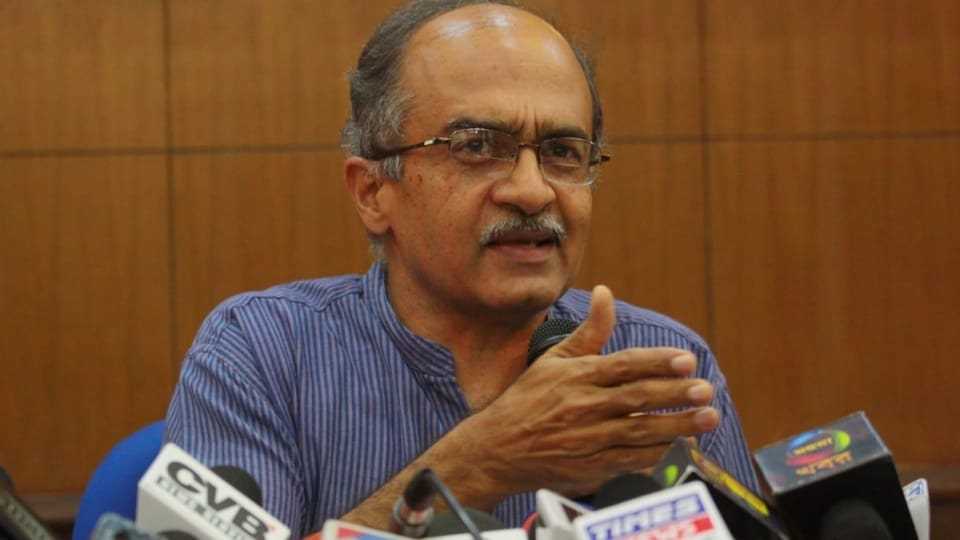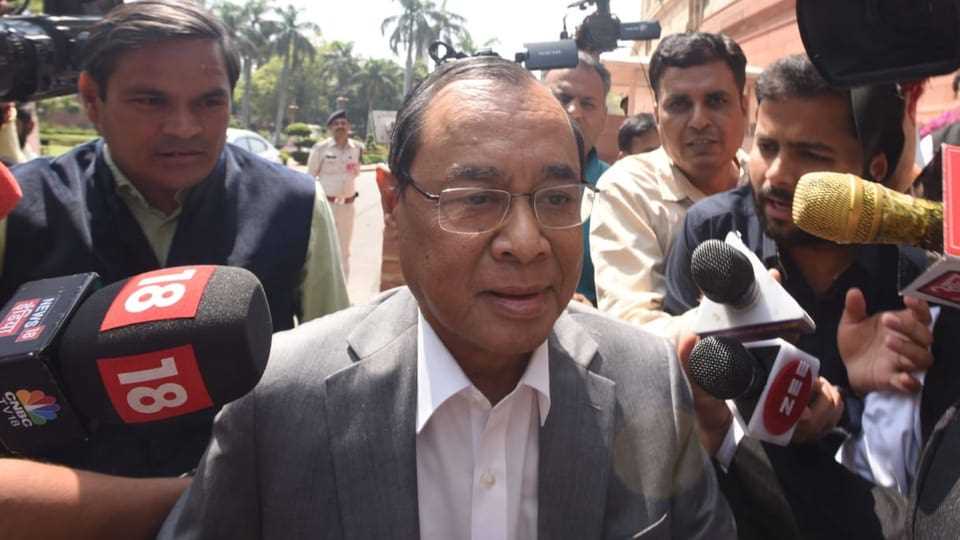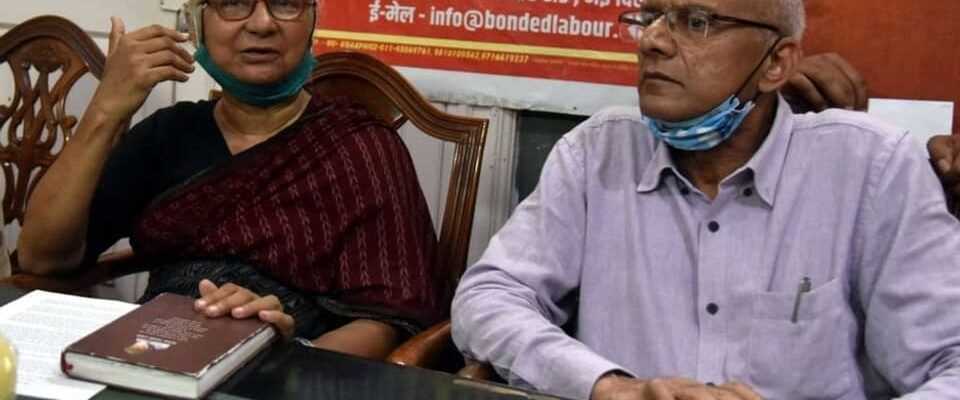contents
The relationship between politics and the judiciary is a power struggle in many places. But it is seldom as pronounced as in India.
Indian courts actually have a lot of power according to the constitution. The Supreme Court in particular often makes political decisions. “The biggest difference between the Indian and other judicial systems is how Indian courts exercise their powers,” says Colin Gonsalves, attorney at the Supreme Court.
Indian judges have a lot of leeway and can act of their own accord if they think the government or administration is not doing enough. A postcard is enough, says Gonsalves. “Judges received some from prisons that said ‘I am being tortured’ and reacted to them.”
Legend:
Colin Gonsalves (r.) Defends human rights as an attorney at the Supreme Court in India. When the government forced hundreds of thousands of day laborers back to their villages with the corona lockdown, on foot and without food, he obtained a judgment that forced the government to distribute food to migrant workers.
imago images
Gonsalves is a well-known human rights lawyer who also handles cases of indigent Indians. If the government fails, it is up to the courts to represent the people, especially if they do not even know their rights, he says.
In these cases the so-called “public interest litigation” comes into play, a special feature of Indian and Pakistani law. This means that not only those directly injured can appear in court, but anyone who recognizes a public interest in the case.
System enables flood of lawsuits
The problem: If anyone and everyone can file a lawsuit in all possible matters, it leads to a huge flood of lawsuits. Over 73,000 cases are waiting to be dealt with at the Supreme Court alone.
There are several million in all of the country’s courts. The judicial system in India is overburdened. A political problem, said Gonsalves. Because the government does not appoint enough judges.
She wants to “cripple” the judiciary, he says. In fact, on average four out of ten judge posts are vacant. Candidates for a vacant seat are proposed by government judges’ panels in India. Actually a matter of form. However, in recent years the government has accepted few proposals.

Legend:
The government no longer wants to employ judges, says lawyer Prashant Bhushan. Therefore, the pending personnel decisions would simply be left behind.
Keystone
This is no coincidence, says Prashant Bhushan, also a lawyer at the Supreme Court. The government has no interest in appointing enough judges because that would strengthen the judiciary and make the government and administration more accountable. But that is exactly what the government does not want.
In addition, the government usually only appoints its benevolent judges. In the past five years, the Supreme Court has hardly made any decisions against the government.
Judge under pressure after allegations
The chief of the Supreme Court was Ranjan Gogoi until April. A seedy figure, says Madan Lokur, a former fellow judge. He was accused of sexual harassment. An internal investigation exonerated him. But many questions remained unanswered.
“That might have made him vulnerable,” says Lokur. Gogoi passed several controversial judgments, always in favor of the government. Several human rights activists under him were arrested for daring to criticize the government. “That is worrying.”

Legend:
Ranjan Gogoi: Did the government have any leverage against him?
imago images
After his retirement, the controversial judge received a seat in the second chamber of parliament from the ruling party. An affront for his former work colleague Lokur. Even when the Congress Party was in power, the law was badly strained.
But the government of Narendra Modi is downright foutier about it, says Lokur. The respect for the law has waned. The Indian judiciary is ailing and corrupt. This is not just because of the judicial system itself, but because politics wants it that way.
